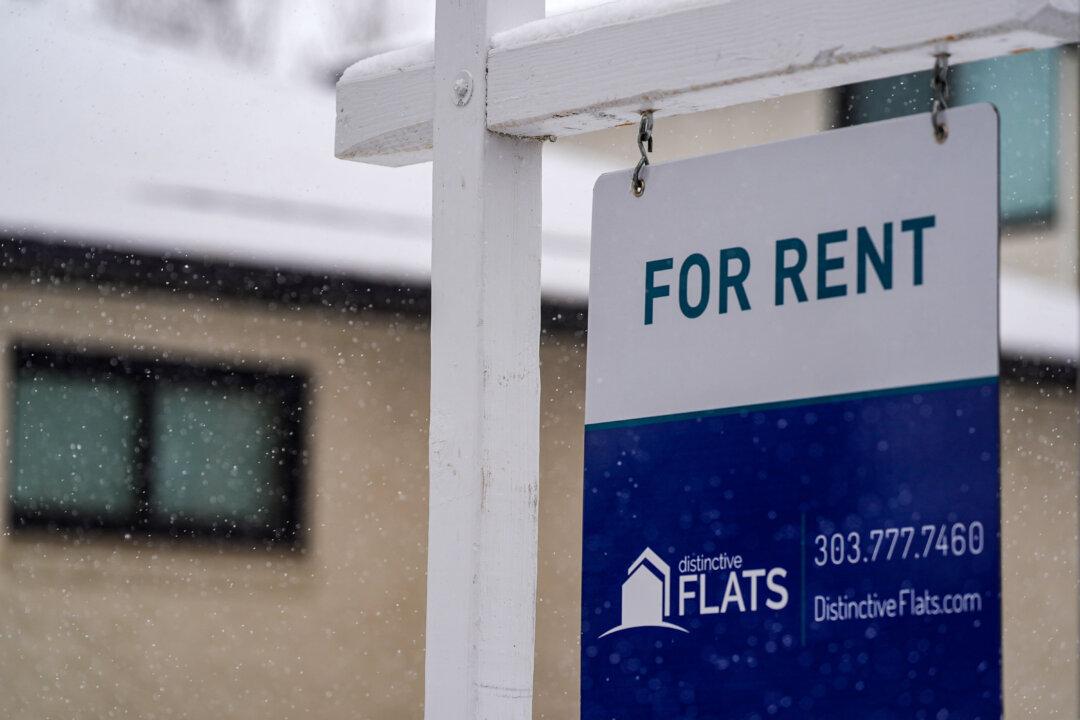Homes in the United States sold at the slowest pace in almost half a decade last month as elevated mortgage rates and high prices affected buyers, according to real estate brokerage Redfin.
“At this time in 2022, during the pandemic-driven homebuying boom, the typical home was selling in 35 days,” it stated.
Meanwhile, home prices were up by 4.8 percent, with the median monthly housing payment at $2,753, close to the record high in April 2024, according to Redfin.
All of these factors contributed to making purchasing a home an expensive affair. In addition, “extreme weather—including snow and frigid cold in the Midwest, South and Northeast and wildfires in Southern California—are keeping would-be buyers at home,” the brokerage stated.
Homes have been sitting on the market for a longer time, with 5.2 months’ worth of housing supply, the most since February 2019, according to Redfin.
Redfin said it expects the market to pick up in the coming weeks once mortgage rates drop and new listings improve. Some buyers may opt to enter the market, tired of waiting for home prices and mortgage rates to come down, according to the brokerage.
“Prospective buyers have been cautious because they’ve seen homes sitting on the market and they’ve heard interest rates and prices may drop. When the market isn’t competitive, some buyers think they should wait for costs to go down,” Jordan Hammond, a Redfin premier agent in Raleigh, North Carolina, said in a statement.
Affordability Crisis
A recent report from S&P showed that the U.S. National Home Price NSA Index rose by 3.8 percent on an annual basis in November 2024. Of the 20 cities tracked by the index, every city, except Tampa, registered an annual gain.“Markets in New York, Washington, D.C., and Chicago are well above norms, with New York leading the way. Unsurprisingly, the Northeast was the fastest growing region, averaging a 6.1 percent annual gain,” Brian D. Luke, head of commodities, real and digital assets at S&P, said.
“However, markets out west and in once red-hot Florida are trending well below average growth. Tampa’s decline is the first annual drop for any market in over a year.”
The memo called on government agencies and executive departments to deliver “emergency price relief” to U.S. citizens, including pursuing actions that boost the supply of homes and bring down housing costs.







